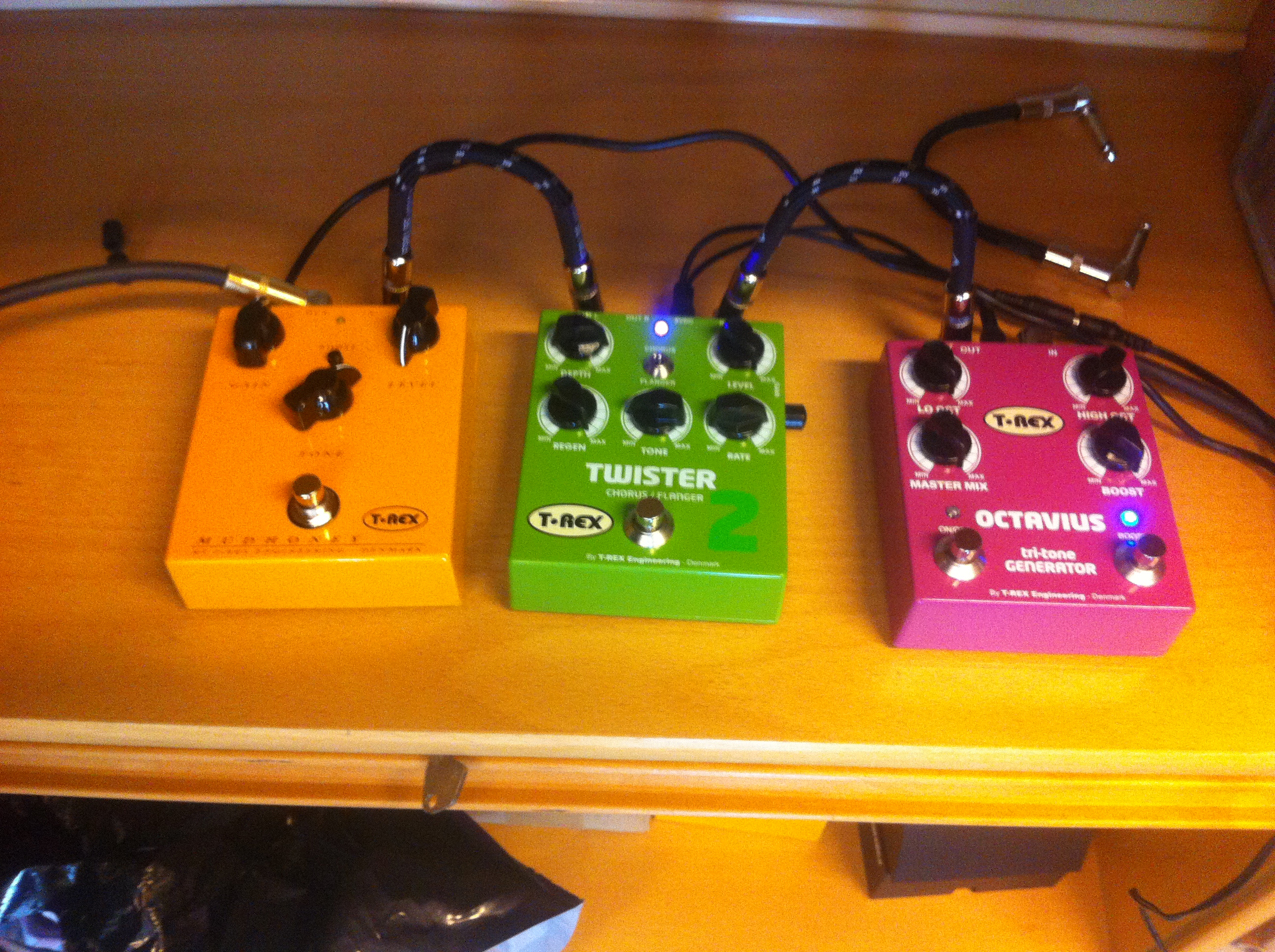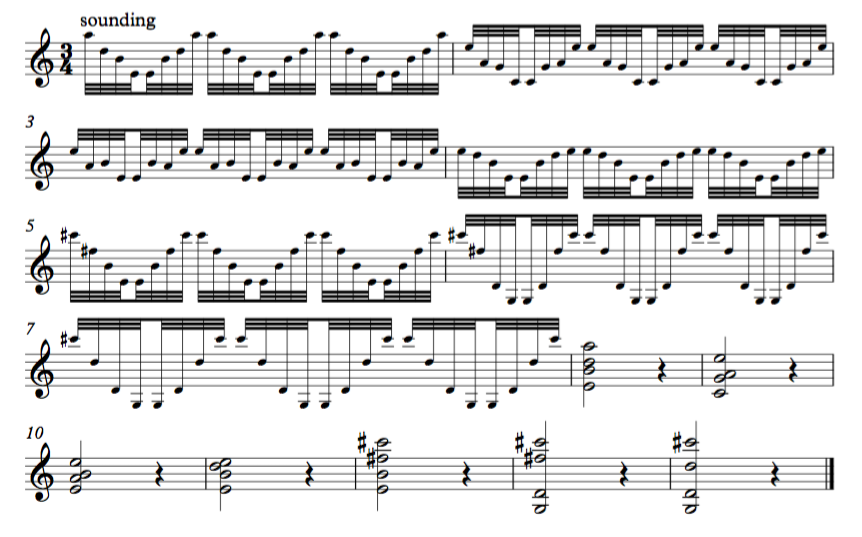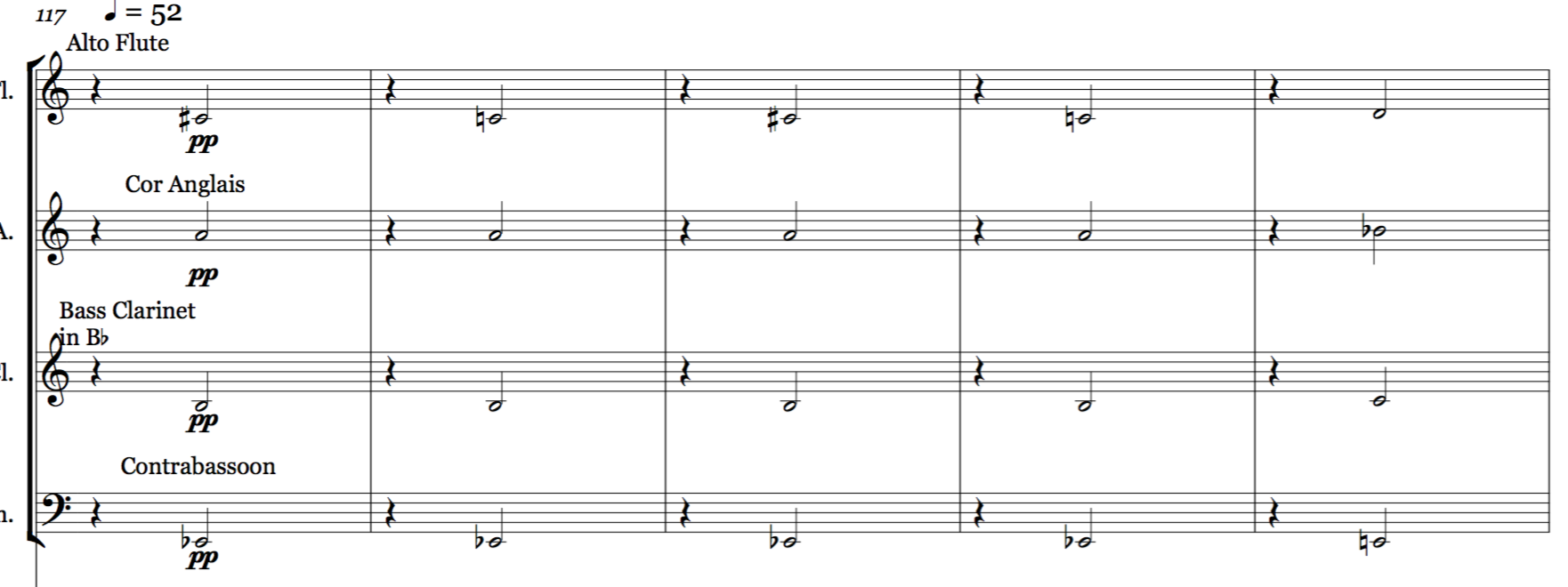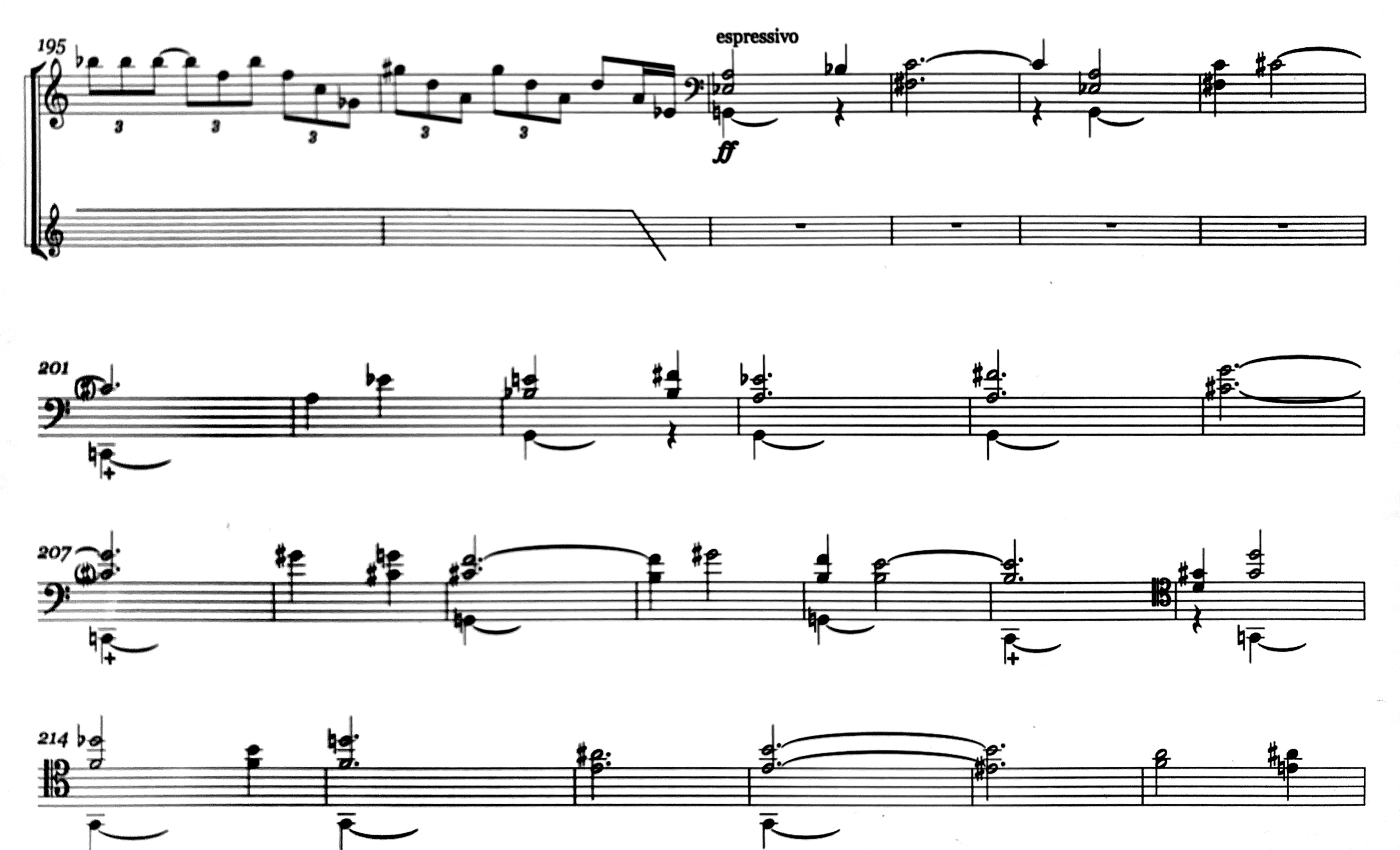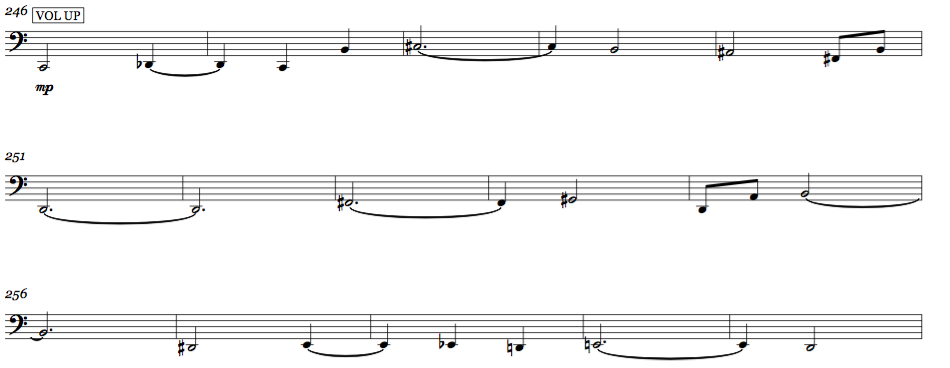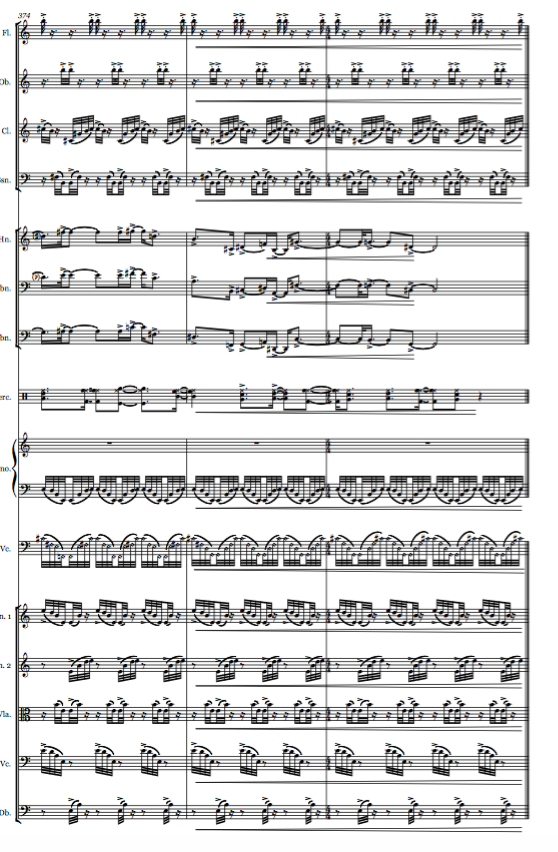Khipukamayuk by Lene Grenager
Soloist with Trondheim Sinfonietta premiering Lene Grenager’s cello concerto Khipukamayuk
In the concerto, we experiment with the use of electronic effects in an acoustic setting.
Lene Grenager says about the work:
This piece is a cello concerto for solo cello and sinfonietta. The title refers to the Inca – kingdom. To be able to maintain the cohesion of their vast society and control taxes and happenings, the Incas needed a simple yet detailed communication system that could be transported from village to village. The Incas invented a system of knots, the Khipu, which involved groupings of colourful threads which then created meaning based on colour combination and knot positions. This way, it was possible to record both numbers and text. But the system was not for everyone to learn. It was the work of the Khipukamayuk to learn how to tie and read this language. As a composer I find I do the same; I tie the knots and the musician interprets my language.
I walk on stage with my funny socks, I do not dare use shoes and then possibly hit the wrong buttons on the effect boxes. The general rehearsal yesterday went ok. Stanislaw was there, but he said that the concert was up to me so he would stay at home and let me be free to focus on the music and not be disturbed by him being there. He is right in the fact that his presence in the room is making me focus maybe too much on the centering, and in the concert, I just have to focus on the music!
The music starts in the orchestra with the arpeggio lines, my part starts with the percussion lines from bar 8: This section is full of unrest and contained energy, with a melodic feel to the percussive lines. Like having an inner dialogue but not even understanding the words, just the feeling.
Between this and the next part, the orchestra takes up again the arpeggio theme.
Then the next section from bar 34 to 95 is the crazy conversation with the three different voices. The second part is with both distortion and octave pedal. This part has many different expressions in short motives, there is the percussive part from the former part, then there are the col legno lines which are mysterious and dark. And melodic up going lines as proud statements – after a while they also go downwards. Feel them cantabile, singing, in the body. I sing the different possible articulations, then try them on the instrument to see if they make sense. I could play as if I talk the lines. And I imagine that there are here three different conversations going on at the same time, probably not talking about the same thing. You have the proud fanfare like lines, happy and triumphant. Then more thoughtful percussive part, and the col legno is suppressed energy, somehow scary. It is a challenge to swap between the different techniques – percussive left hand slapping with bow relaxed on the string, contact with the bow and singing lines, and then the col legno with the bow turned. I try to not get stressed and muddled up, and focus on the different expressions more than how to solve this technically.
I need to get the rhythm swinging, feel it in my body. It is not technically demanding, but still it is demanding. The line above the triplets – pull them a bit. When the intervals are big it is more difficult to keep the feeling of the lines between them. Can I separate it in smaller parts to make the line make sense to me?
At the end it is the mysterius and dark col legno lines, with quartertones, that wins:
The next section from bar 96 to 116 are the arpeggio harmonic chords. These are a key element in the whole concerto, but this is the first time it comes in the solocello. The feeling is athmospheric and beautiful, with only the solo cello playing.
I try to use the harmonic changes of the chords to create a feeling of development through the lines. Lene Grenager told me that these chords are not functions in a harmonic order, but four tone chords in an order that she thinks works best musically and practically on the instrument. For me I need to feel a kind of progression, based on how the chords sound to me.
The orchestra comes in blowing rhytmical patterns on bottles remniscient of the percussive part from bar 8. There is a gradual but not very big build up with the solo part and the orchestra till the next section which starts at bar 117. The tempo feels like it stops, 52 per crotchet and the winds playing quiet long notes on the second beat. Creating a macabre waltz:
In bar 122 the cello brings in a singing dark melody starting soft:
And then building up to:
This repeats, but next time with a fuller sound, more outwards and with added distortion and octave. The climax is the doble-stop melody in ff, with the orchestra voices incorporating elements from the former sections and becoming more and more active. The double stop melody is a reminiscence of a part of the solo suite she wrote for me in 2012, from the Sarabande:
and the septuplets, sextuplets and quintuplets which I have struggled with in the solo work is here placed in the viola solo line:
I work with the groove, and try not to be stressed every time I have to quickly change from one technique to another. Lene is happy with how I do it. I try to not “want it too much”, not to force the feeling.
The acoustic sound of the cello is the basis for all sound in the concerto – the electrical effects are just colourings. I play my suggestions, Lene supports and comments. She has changed parts since our last meeting. A new bass line has come in since the last time, instead of double stops.
Then there is a sudden change in bar 231, leaving the string section playing the doublestopped melody pizzicato in pianissimo.
From bar 246 the solo cello comes in with a bassline melody similar to the one in 122, but this time it never builds up but stays singing in the deep register. I work on keeping a high inner activity and not let go of the intensity of the lines or the notes, using my temperament.
From 264 the strings reintroduce the arpeggio chords, and from bar 272, the solocello takes over the line with the arpeggio harmonic chords again. From there the rest of the concerto is a gradual and long build up towards a huge climax at the end. I try to stay in the feeling of the chord developments, at the same time as building more and more energy while being gradually joined by more and more of the ensemble instruments. The ending should become gradually stronger all the way to the end.
Khipukamayuk, «the one who can read the knots», referring to the person in the village who could read and interpret the advanced knot language, and I feel honoured that Lene allows me to be the one who interprets and reads her musical knot language.

